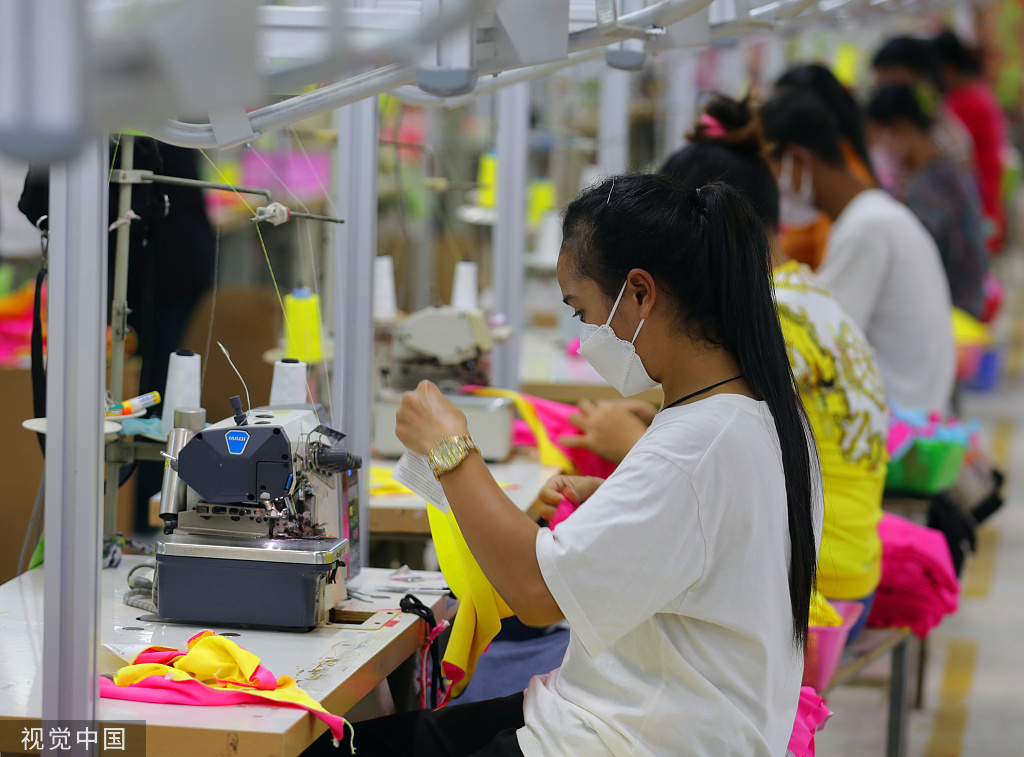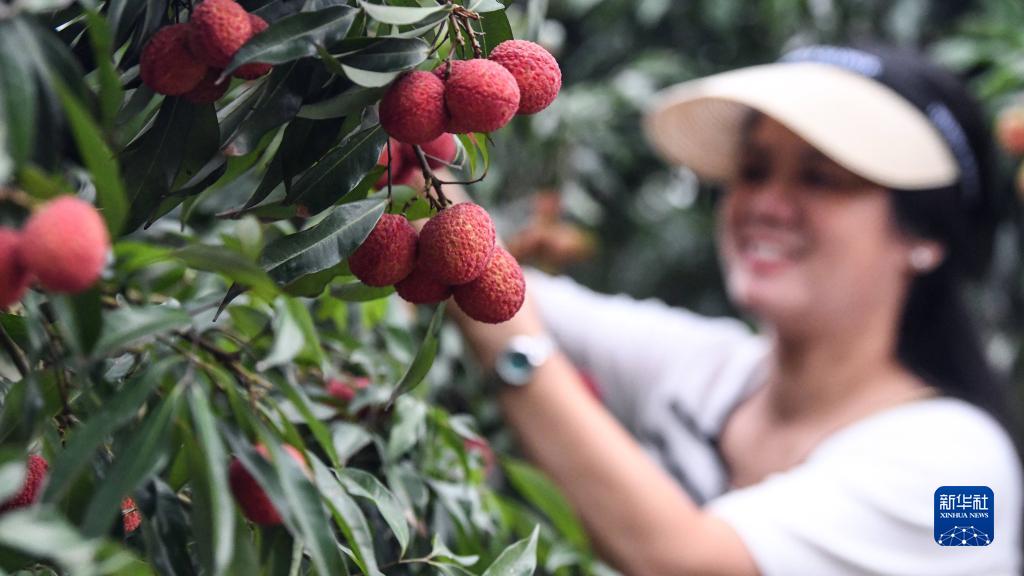Korean media: invisible foreign workers sweat and life
Author:Global Times Time:2022.07.12
South Korea's "Pioneer" July 7 article, original topic: invisible foreign workers sweat and life "sea girl" are the special occupations of Jeju Island, and one of the highlights of their travel strategies. "Sea Girl" and their ancient marine fishing technology are included in the UNE Intangible Cultural Heritage List. However, in the 15th century, these tenacious women only wore clothes made of thin cotton, and bravely jumped into the cold sea, surprised a newly -inspected Chiefs. The kind officer ordered the abalone and kelp on the dining table. "When I see those poor women working under such incredible conditions, how can I eat it?" He lamented.
The documentary "Greenhouse is not a house" produced by the Asian Media Cultural Factory in 2018 reminds people of the 15th century. This film reveals the cruel reality that foreign workers support the shrinking agriculture of South Korea in an embarrassing way. As shown in documentaries, most foreign agricultural workers (most of them are young women) live in greenhouses. They sleep and eat in temporary buildings built in plastic greenhouses or containers. These dilapidated living areas are hidden under dark coverage, consisting of small rooms, and average 3 to 5 workers in each room. They are rarely equipped with heating or cooling systems, clean kitchens, shower rooms or toilets. Some rooms are not even safe.
These scenes were confirmed by real cases one night in December 2020. The 31 -year -old Cambodian female worker in Baochuan City, Gyeonggi -do, died in a vegetable farm. Nong Suke was looking forward to reuniting with his family three weeks after three weeks, but was found to die in a residence with poor heating and messy residences. , Nong Suo Kelly slept alone in the room.
South Korean activist Yu Chunxi's recently published book "Fight with Perilla Leaf: 1500 Days of Labor Cambodia" is based on April 2016 in South Korea. Based on field surveys from South Korea and Cambodia, and 40 Several foreign workers talked with more than 20 Korean farmers to learn about the daily life of foreign workers working on the farm of Perilla Leaf. Why did she choose to plant the farm? She explained that shelza grows rapidly and needs to be intensive throughout the year. It makes farm workers busy one year, so it is favored by foreign workers who do not want to have no income during the winter holiday. This is also good for farmers, because they can use the relatively cheap labor for foreigners. Yu Chunxi said: "Perilla leaves have become more and more typical cases of foreign workers in the shrinking agriculture of South Korea."

Cambodian Phnom Penh, GNT clothing factory, female workers wearing masks for work. Picture source Visual China
Yu Chunxi's investigation found that in addition to the cruel living conditions, most foreign workers also faced the problems of too long working time and too low wages, and there was almost no power to recover compensation for their bosses. In order to reject unlicensed immigrants, the employment license system makes it almost impossible for foreign workers to leave their employers, even if they are obviously overwork and abuse. The labor contracts of these foreign workers work for 11 hours a day, and they rest for 3 hours. However, most workers work for more than 10 hours a day. The rest time is very short, and only two days of rest per month. Their income is far lower than the legal minimum wage, and the phenomenon of arrears of wages is not uncommon.
- END -
Rear Season of Litchi again

On June 29, a tourist picked litchi garden in Litchi Garden, Yangmei Village, Shab...
The new round of rainfall has been arranged, you have to pay attention to these fire safety ~

recentOur weather in NingxiaSwitch between exposure and heavy rainOn the 16th, it ...